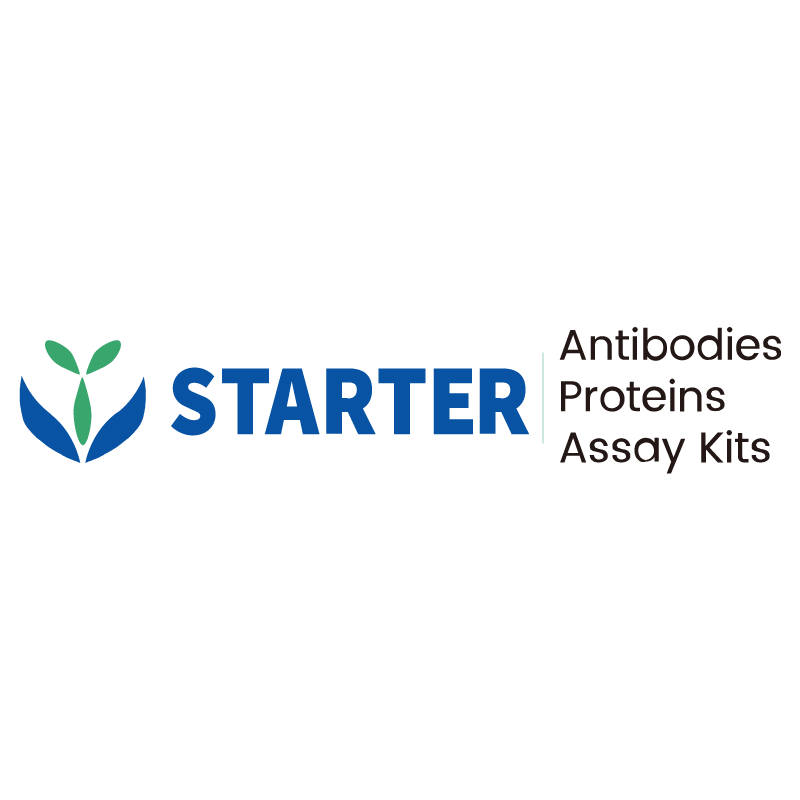WB result of Akt (E17K Mutant Specific) Rabbit pAb
Primary antibody: Akt (E17K Mutant Specific) Rabbit pAb at 1/1000 dilution
Lane 1: 293T transfected with empty vector whole cell lysate 20 µg
Lane 2: 293T transfected with wild-type Akt1 whole cell lysate 20 µg
Lane 3: 293T transfected with E17K mutant Akt1 whole cell lysate 20 µg
Lane 4: 293T transfected with wild-type Akt2 whole cell lysate 20 µg
Lane 5: 293T transfected with E17K mutant Akt2 whole cell lysate 20 µg
Secondary antibody: Goat Anti-rabbit IgG, (H+L), HRP conjugated at 1/10000 dilution
Predicted MW: 56 kDa
Observed MW: 62 kDa
Product Details
Product Details
Product Specification
| Host | Rabbit |
| Antigen | Akt (E17K Mutant Specific) |
| Synonyms | RAC-alpha serine/threonine-protein kinase; Protein kinase B (PKB); Protein kinase B alpha (PKB alpha); Proto-oncogene c-Akt; RAC-PK-alpha; PKB; RAC; AKT1 |
| Immunogen | Synthetic Peptide |
| Location | Cytoplasm, Nucleus, Cell membrane |
| Accession | P31749 |
| Antibody Type | Polyclonal antibody |
| Isotype | IgG |
| Application | WB |
| Reactivity | Hu |
| Purification | Immunogen Affinity |
| Concentration | 0.5 mg/ml |
| Conjugation | Unconjugated |
| Physical Appearance | Liquid |
| Storage Buffer | PBS, 40% Glycerol, 0.05% BSA, 0.03% Proclin 300 |
| Stability & Storage | 12 months from date of receipt / reconstitution, -20 °C as supplied |
Dilution
| application | dilution | species |
| WB | 1:1000 | Hu |
Background
The AKT1(E17K mutant protein) is a constitutively active serine/threonine kinase generated by a single glutamate-to-lysine substitution at position 17 within its pleckstrin homology (PH) domain; this mutation creates new hydrogen bonds that markedly increase affinity for membrane phosphoinositides, driving persistent plasma-membrane localization and PI3K-independent phosphorylation of T308 and S473, thereby locking the kinase in an “always-on” conformation that fuels oncogenic signaling through mTORC1, GSK3β and FOXO, promotes cell survival, proliferation and migration, and confers both tumorigenic potential and resistance to many allosteric AKT inhibitors while remaining selectively targetable by emerging ATP-competitive or covalent mutant-specific inhibitors.
Picture
Picture
Western Blot


